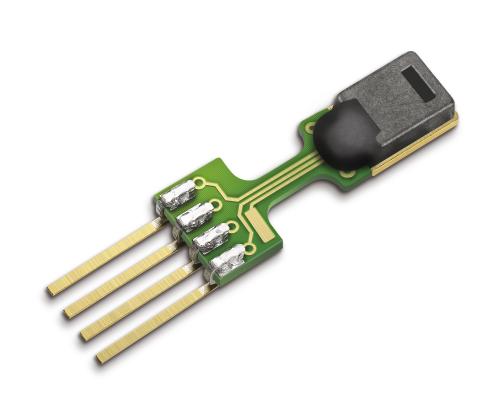Billions of devices in the Internet of Things (IoT) collect sensitive data about people, creating data privacy risks and breach vulnerabilities. Accordingly, data privacy preservation is vital for sustaining the proliferation of IoT services. In particular, privacy-preserving IoT connects devices embedded with sensors and maintains the data privacy of people. However, common misconceptions exist among IoT researchers, service providers, and users about privacy-preserving IoT. This article refutes five common misconceptions about privacy-preserving IoT concerning data sensing and innovation, regulations, and privacy safeguards. For example, IoT users have a common misconception that no data collection is permitted in data privacy regulations. On the other hand, IoT service providers often think data privacy impedes IoT sensing and innovation. Addressing these misconceptions is essential for making progress in privacy-preserving IoT. This article refutes such common misconceptions using real-world experiments and online survey research. First, the experiments indicate that data privacy should not be perceived as an impediment in IoT but as an opportunity to increase customer retention and trust. Second, privacy-preserving IoT is not exclusively a regulatory problem but also a functional necessity that must be incorporated in the early stages of any IoT design. Third, people do not trust services that lack sufficient privacy measures. Fourth, conventional data security principles do not guarantee data privacy protection, and data privacy can be exposed even if data is securely stored. Fifth, IoT decentralization does not attain absolute privacy preservation.
翻译:互联网上数十亿个设备在“物”中收集有关人的敏感数据,造成数据隐私风险和破坏脆弱性。因此,数据隐私保护对于维持数据隐私服务的扩散至关重要。特别是,保护隐私的“IoT”把与传感器嵌入的装置连接起来,并维护人们的数据隐私。然而,“IoT”研究人员、服务供应商和用户对保护隐私的“IoT”存在常见的误解。这篇文章驳斥了五种常见的错误观念,即隐私保护IoT有关数据遥感和创新、规章和隐私保障方面的隐私保护。例如,“IoT”用户有一个共同的错误观念,即数据隐私管理是不允许的。另一方面,“IoT”服务供应商往往认为数据隐私保护会妨碍IoT的感测和创新。解决这些误解对于在保护隐私方面取得进展至关重要。 使用真实世界实验和在线调查研究来驳斥这类常见的误解。首先,实验表明,数据隐私不应被视为IoT的一个障碍,而是增加客户隐私保存和信任的一个机会。第二,“IT”保存隐私的“IT”不是完全的功能必要性,而是设计数据安全的第四阶段必须保证数据安全。




